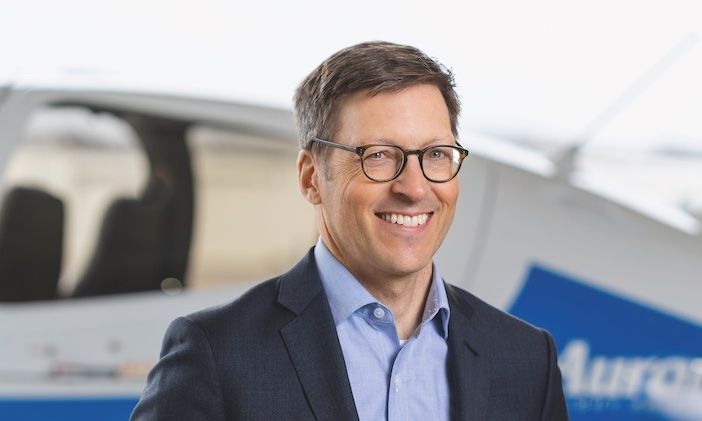Can you describe your job?
Aurora was my first engineering role, 32 years ago. I started on the first anniversary of the company, which we celebrated with champagne in little paper cups at the end of the day.
At the time the focus was on building robotic aircraft as a UAV technology development company. That’s what we continue to do. Now as chief engineer I lead the engineering and test organizations and am responsible for all test operations including flight testing.
How has the company changed?
It was an aerospace startup, which was unusual then. We developed a UAV on a shoestring budget to do atmospheric research. That led into working on NASA programs, such as the Perseus UAVs.
There were ten employees then and we have grown up to where we are a thousand-person class company. I feel fortunate to have worked here during that time. The original startup culture is still here and is now evolving as part of Boeing, which opens up the potential of what the company can do even more, and that’s really exciting.
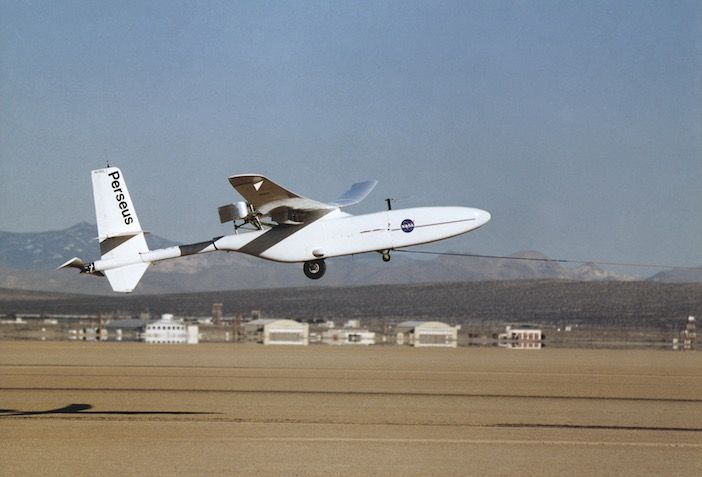
What are Aurora’s core competencies?
One of our core capabilities is the creation of novel flight vehicles and configurations, and then proving they work by taking them through flight test. We do this by bringing a strong analytic basis to the process, combined with hands on experiential learning and incremental validation through test.
We develop a lot of prototypes and X-planes – 30 aircraft over 30 years – on average a new flight vehicle a year. The continual repetition of the iterative development process over the years has had a compounding effect and we have a deep level of experience and knowledge within the organization.
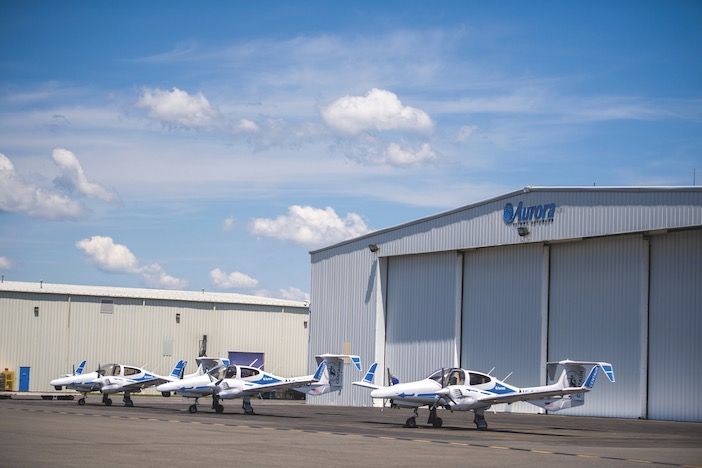
Alongside electrification, autonomy is another one of our core competencies. Aerostructures, composites and integrated aerostructures are another large part of what we do. Composites allow you to make more mass-efficient complex geometries and novel configurations.
What is Aurora’s approach to failure in technology development?
When you are doing something new and difficult you have to expect it might not work. That’s OK, especially when part of the job is proving what can be done.
Having said that, you always want programs to succeed. Engineering is an applied science and you want to make something that works. Aurora has developed processes and methods of incremental build and test that enables first flights to succeed. We don’t just throw things up in the air and expect them to fly – you can’t ignore process.
Are there any projects you would like to highlight?
We are best known for first flights and X-planes that apply technology in novel ways. An X-plane we are working on now is for a DARPA program called CRANE (Control of Revolutionary Aircraft with Novel Effectors). We are applying Active Flow Control (AFC) technology for multiple effects including flight control of the vehicle.
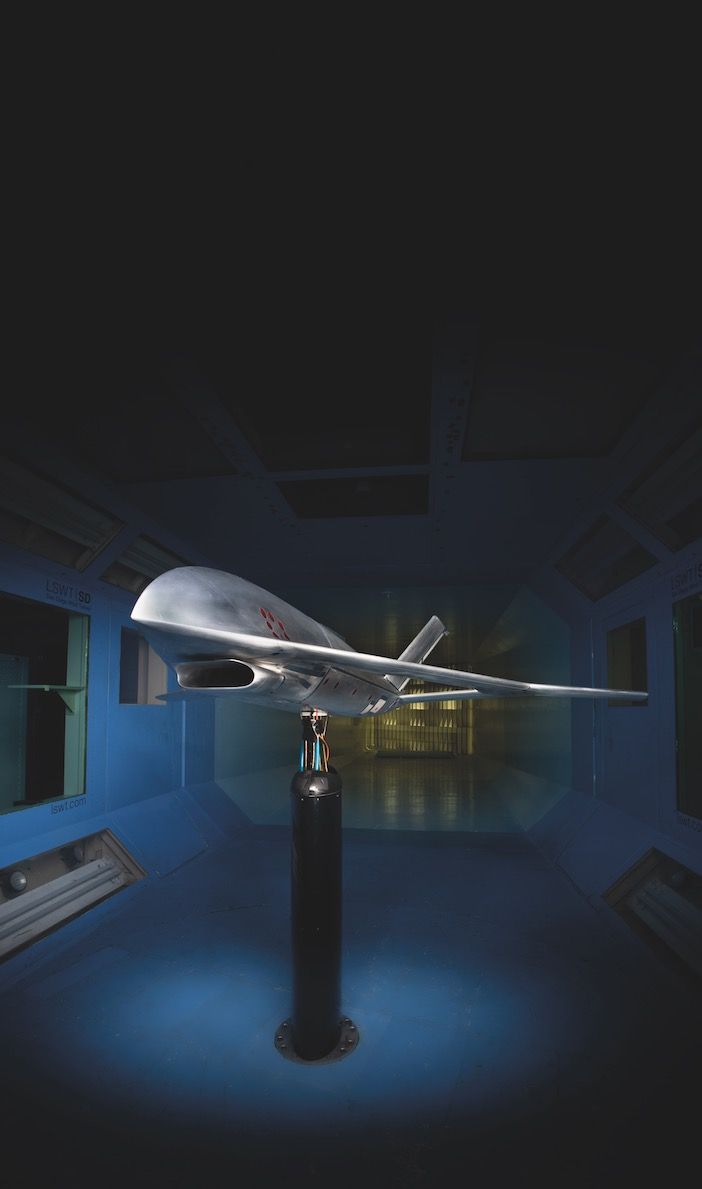
There are multiple benefits that could come from AFC, including performance benefits from certain features, or you could use it for flight control to enable alternate vehicle configurations. There are tactical and non-tactical reasons to do it.
With X-planes we are determining what new configuration of vehicles can be created by applying a technology in a novel way. We then try to understand what parameters and performance of that technology is needed for the vehicle to have some added value. The vehicles are made to learn the most about the technology.
What eVTOL and electric aircraft are you working on?
We have experience in a wide variety of electrification technologies. We worked on an eVTOL for DARPA, we have done other personal air vehicle entrants and participated in Uber Elevate. We are supporting our customer Wisk as they bring a self-flying eVTOL aircraft to the market.
The program that is getting a lot of focus right now is NASA’s Electrified Powertrain Flight Demonstration project. Aurora is part of the Boeing team working for GE Aviation. The program is converting a Saab 340 turboprop aircraft to be the flight demonstrator for a megawatt class hybrid-electric powertrain.
At the Manassas office we are doing the nacelle design and integration, and incorporating the GE systems into the flight demonstrator.
What do you see as the big challenges in aircraft electrification?
Weight is important, so the drive is to make the flight vehicle lighter – motors, power transmissions, harnesses, energy storage, they all need to be optimized.
Technology demonstrators deliver real-world data so people can judge if components and systems will work in the future for aviation. To answer questions like – will the energy density of that battery work?
If you actually make something and fly it and get the data, then that is a solid point from which to start design optimization around.
Do you think hydrogen is suitable as an aviation fuel?
It is a useful source of energy, there are lots of potential applications. We have worked on hydrogen projects in the past – we had a high-altitude engine test cell that ran engines on hydrogen.
What challenges remain for autonomous aircraft?
The robustness and certifiability of autonomous systems is the biggest challenge. You must use incremental testing to have the learning that you can use to validate. This applies to things like detect and avoid, conflict detection and resolution, and contingency management.
Autonomy can mean a lot of different things – there are levels of automation that can be applied to a vehicle. There are also considerations around robustness and certifiability for autonomous systems, plus their capability to work in cooperative and non-cooperative spaces.
We work on autonomy in a lot of different places and at a lot of different levels from low level TRLs (technology readiness levels) through to operating unmanned aircraft in the national airspace and flight testing optionally piloted aircraft such as the Centaur.
A major part of our success in autonomous projects is always having a strong requirements-based design that uses test incrementally.
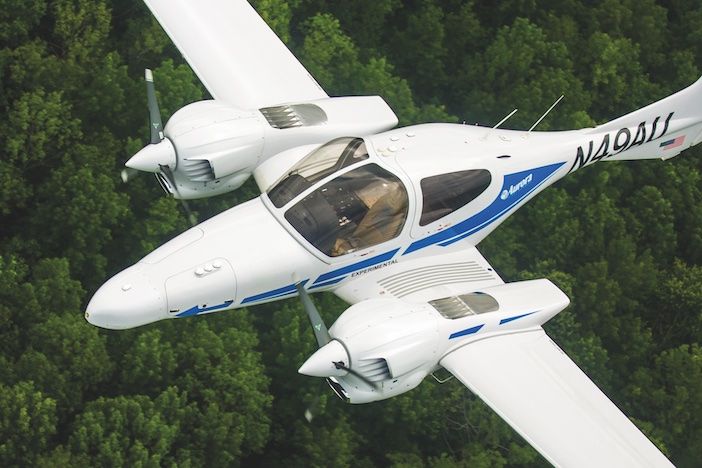
To what extent do you use modeling and simulation?
We use it a lot, but it’s still critical to do flight testing. Computing power means you can do more with modeling, but it’s an extra – you can’t replace testing with simulation. People often ask why bother with demonstrators and wind tunnels. But to prove models and really understand what’s going on, how it is going to perform, you need to use computational fluid dynamics (CFD) and wind tunnels.
How is Aurora integrating with Boeing?
We are a wholly-owned subsidiary. It’s been an incredibly positive experience for me personally. We are still doing exactly what we were doing before, exploring and advancing flight vehicles with innovative designs for our legacy customers – focusing on the programs that will bring new technologies to aviation.

What future aviation technologies excite you the most?
It’s great that the industry is advancing on so many different fronts at the same time. Between drones and space, eVTOL aircraft, urban air mobility and sustainability there is so much going on. But I don’t think picking a winner is a useful thing to do.
I work with a lot of great engineers, and young engineers still want to make the world a better place. They want to take their knowledge and skills, their ability to understand physics and change the world with aerospace technologies.
Essentially, if we want the world to be a global interconnected community, we need aviation and in the future we need it to be environmentally sustainable. That is what inspires people to choose a career in aviation.
What skills does an aerospace engineer need?
Engineering is a creative and collaborative profession. But I would say they really need to learn physics. And they need to do hands-on experiential learning. They can learn coding, that will be useful wherever they end up working.
What skills and knowledge does the industry need?
We need individuals who want to learn. Students have so much information and knowledge at their fingertips now, but what they also need are the practical skills of applying that knowledge and the experience of learning.
What is a typical day?
I’m in a lot of meetings, we work in a hybrid way so that means web meetings and coming into the office. But I still manage to walk out and interact with the hardware we have here.
Clint Church CV
Clint Church is the chief engineer of Aurora Flight Sciences, a Boeing Company, where he is responsible for engineering functions across all Aurora programs. He has held the position since 2017, during which time he has led Aurora’s engineering teams through several programs including an eVTOL concept with Boeing and Porsche, Boeing’s autonomous passenger air vehicle prototype, and Aurora’s Odysseus solar-powered high-altitude pseudo-satellite.
Prior roles included chief engineer on a variety of robotic aircraft technology development and aerostructures programs including the SideArm runway independent UAV system. He was chief engineer for the design and manufacture of the S-97 Raider airframe for Sikorsky and led Aurora’s engineering team for the main rotor pylon assembly of the USMC CH-53K.
Church has also played a key role in the development of UAVs including for the NASA ERAST program, Mars planetary aircraft demonstrators and the RQ-4 Global Hawk, and developmental prototypes of various other UAV configurations. He joined Aurora in 1990 with a BS Aerospace Engineering from the University of Virginia.
Aurora Flight Sciences company history
Aurora was founded in 1989 and tracks its history through the 70 unique aircraft and integrated systems its engineers have flown during the last 32 years.
Originally founded as a follow on to the MIT Daedalus project which built and flew human-powered aircraft, the first aircraft Aurora produced was for NASA IN 1991. Perseus was a high altitude unmanned aerial vehicle (UAV) used for high altitude atmospheric research and led to the development of several UAVs.
It also set up Aurora’s expertise domain to be UAVs for years to come. By 1995 its engineers were helping to develop the RQ-4 Global Hawk with Northrop Grumman and the US Air Force. The first two decades continued this focus and in 2009 after working on DARPA’s Vulture UAV research program for several years, Aurora developed its own line of small vertical take-off UAVs known as the Goldeneye.
The company was acquired by Boeing in 2017. Today Aurora is headquartered in Manassas, Virginia, with production plants and R&D Centers in four states and an office in Luzern, Switzerland.


